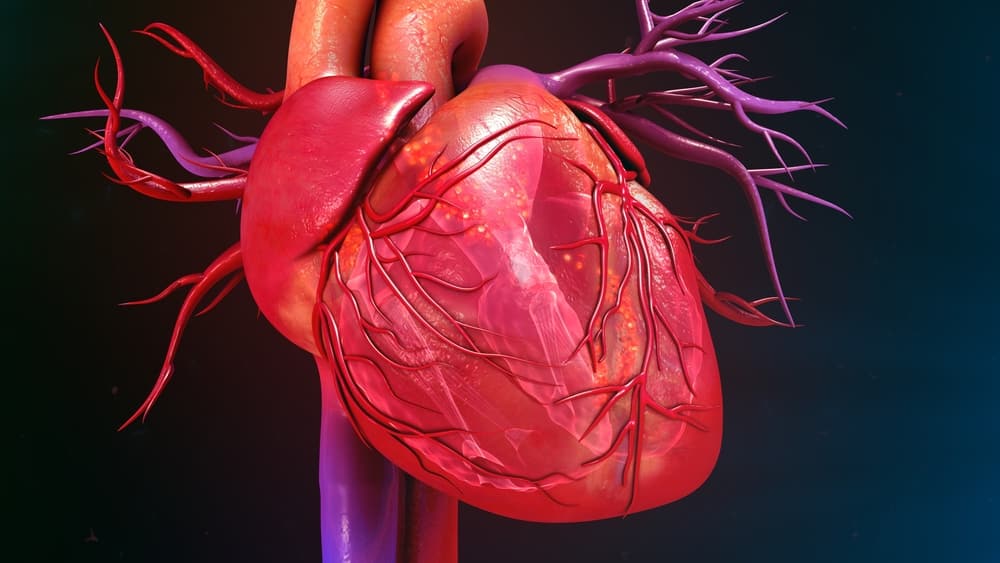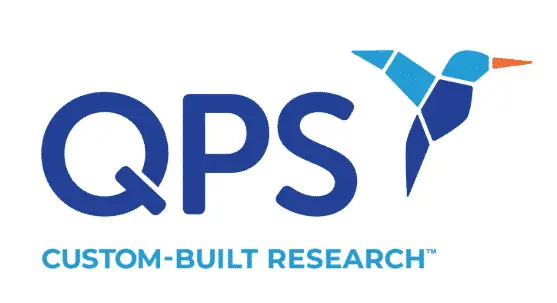Danon Disease is a rare, life-threatening condition in which the body’s protein removal and recycling processes no longer work properly. The result is dysfunction of the heart, skeletal muscle, nervous system, eyes, and liver. The disease is more common in males and is thought to be inherited. Symptoms begin in early childhood or adolescence, and most patients will not survive through their thirties unless they receive a heart transplant.

Eric Adler, a cardiologist and director of cardiac transplant and mechanical circulatory support at University of California San Diego School of Medicine, points out the problem with relying on that treatment: “Heart transplant is not always available for patients and does not treat the other organs affected in Danon disease.” He also believes that Danon Disease is both far more common than we think and often misdiagnosed.
That’s why Adler and his research team at UCSD have been working to find therapies that address the underlying cause of Danon Disease. The lab began by using patients’ skin cells to create stem cells, which were used to develop a heart model. The model enabled the team to study Danon Disease at a cellular level, yielding new insight into the pathology of the disease.
The team’s research resulted in a study published in Science Translational Medicine in March 2020 titled “Systemic AAV9.LAMP2B injection reverses metabolic and physiologic multiorgan dysfunction in a murine model of Danon disease.” The study identifies a promising new way to potentially treat Danon Disease: gene therapy.
Gene therapy replaces or repairs a gene that causes a medical problem — or it can help by adding genes to the body to treat the disease. Since Danon Disease is caused by mutations in the lysosomal-associated membrane protein 2 (LAMP2) gene, the researchers focused on adding a specially designed gene that restores LAMP2 function.
Using LAMP2 knockout mice (LAMP2 KO) — mice missing the LAMP gene — as a model for humans with Danon Disease, the researchers injected adeno-associated virus 9 carrying human LAMP2B into two- and six-month-old mice. The mice receiving the treatment demonstrated dose-dependent restoration of human LAMP2B protein in the heart, liver, and skeletal muscle tissue. Compared to the control group, the injected models’ metabolism, heart function, and ability to process proteins improved.
The next step in development of a successful gene therapy treatment is testing it in human patients with Danon Disease. A Phase I clinical trial for safety and efficacy has already begun. “This is the first trial using gene therapy to treat a genetic cardiac disorder and three patients are currently being treated, which means we’re that much closer to finding a cure for this terrible disease and may be able to use similar methods to treat other diseases,” said Adler.
QPS is a GLP- and GCP-compliant contract research organization (CRO) delivering the highest grade of discovery, preclinical and clinical drug research development services. Since 1995, it has grown from a tiny bioanalysis shop to a full-service CRO with 1,100+ employees in the U.S., Europe and Asia. Today, QPS offers expanded pharmaceutical contract R&D services with special expertise in neuropharmacology, DMPK, toxicology, bioanalysis, translational medicine and clinical development. An award-winning leader focused on bioanalytics and clinical trials, QPS is known for proven quality standards, technical expertise, a flexible approach to research, client satisfaction and turnkey laboratories and facilities. Through continual enhancements in capacities and resources, QPS stands tall in its commitment to delivering superior quality, skilled performance and trusted service to its valued customers. For more information, visit www.qps.com or email info@qps.com.







